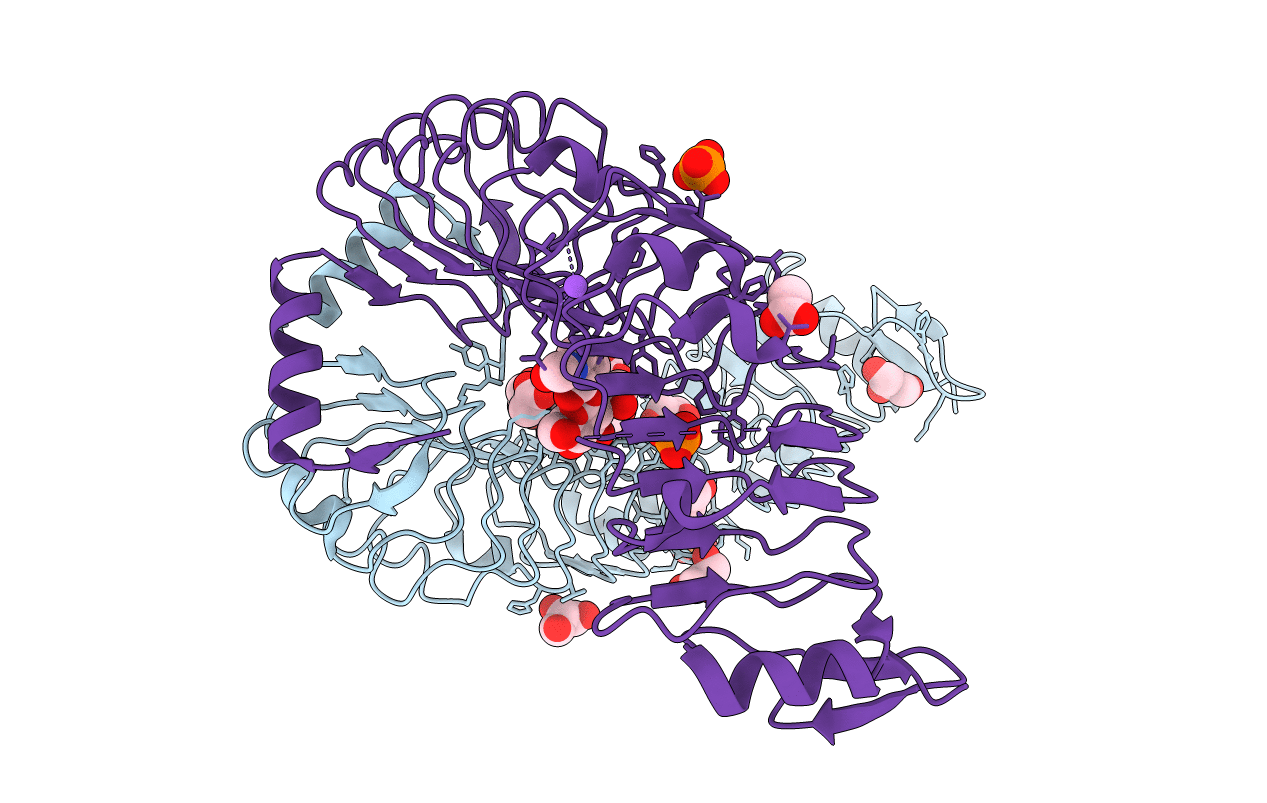
Deposition Date
2015-01-01
Release Date
2015-04-01
Last Version Date
2024-10-16
Entry Detail
PDB ID:
4XGO
Keywords:
Title:
Crystal structure of leucine-rich repeat domain of APL1B
Biological Source:
Source Organism:
Anopheles gambiae (Taxon ID: 7165)
Host Organism:
Method Details:
Experimental Method:
Resolution:
1.74 Å
R-Value Free:
0.21
R-Value Work:
0.18
R-Value Observed:
0.18
Space Group:
P 21 21 21


